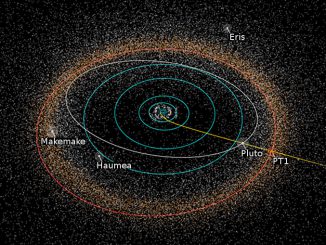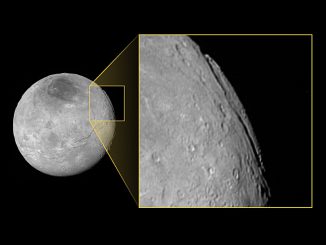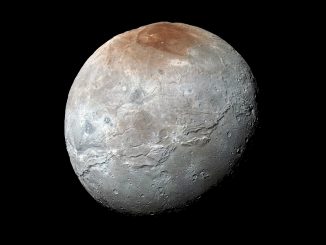
New Horizons receives mission extension to Kuiper Belt, Dawn to remain at Ceres
Following its historic first-ever flyby of Pluto, NASA’s New Horizons mission has received the green light to fly onward to an object deeper in the Kuiper Belt, known as 2014 MU69. The spacecraft’s planned rendezvous with the ancient object — considered one of the early building blocks of the solar system — is 1 January 2019.









